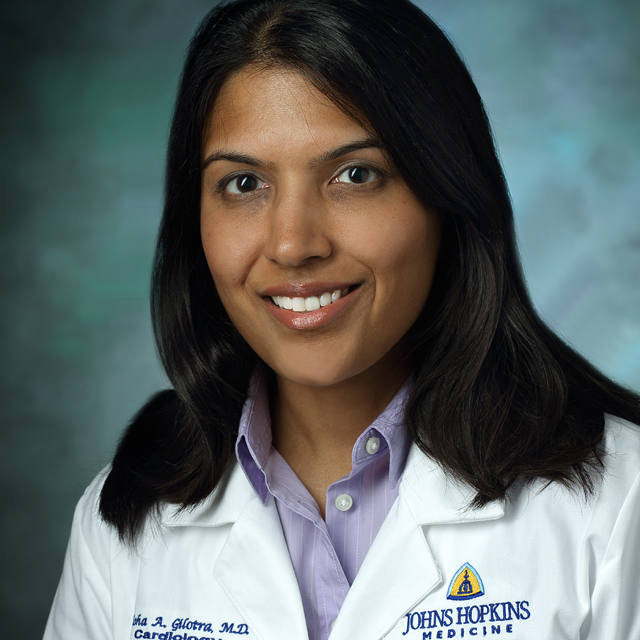Helping patients recently discharged from the hospital avoid a health setback requiring readmission is a priority for Johns Hopkins Medicine. Intensified patient and caregiver education, timely access to appropriate outpatient resources and focused follow-up for high-risk patients are some tools deployed to improve the patient’s health and experience of care, contain costs and achieve targets for readmission rates set by the Centers for Medicare and Medicaid Services and by Maryland’s Health Services Cost Review Commission.
“Patient and family/caregiver education is a critical factor in reducing readmissions,” says Amy Deutschendorf, vice president of care coordination and clinical resource management for the Johns Hopkins Health System. She cites use of The Johns Hopkins Hospital’s Patient Access Line, or PAL, to reinforce key aspects of self-care. Over a three-year study period, patients who did not receive education in self-care via PAL had 45 percent greater odds of readmission compared with patients who did.
Efforts to promote better patient health after discharge helped The Johns Hopkins Hospital achieve a 12.66 percent reduction in readmissions in 2016, the latest year for which full data are available, exceeding its target of a 9.5 percent reduction.
Another success story in reducing readmissions as well as emergency department (ED) visits is the After-Care Clinic, located at the Johns Hopkins Outpatient Center on the East Baltimore campus. Patients identified in the hospital or ED as being at high risk of readmission or ED use are referred to the clinic, which is directed by internist Rosalyn Stewart and emergency medicine physician Arjun Chanmugam.
Some 60 patients are seen weekly. During a visit, which can last up to 90 minutes, individuals receive instruction in self-care from a nurse and in medication management by a pharmacist. A social worker helps with bus vouchers for those without reliable transportation to appointments. Community health workers act as health coaches. And patients without a designated primary care provider are connected to one for long-term follow-up, says Stewart.
In 2016, the After-Care Clinic saved the health system about $1.4 million in avoided hospitalizations, says Stewart, who adds that data on avoided ED visits is being analyzed now. (Read about another specialty clinic, the Heart Failure Bridge Clinic, in the sidebar.)
Suburban Hospital’s Transition Guide Nurses Program also emphasizes patient and family/caregiver education before and after discharge to prevent unnecessary readmissions, says its director, Margie Hackett. The program’s nurses, six in all, call patients after discharge to reinforce key aspects of self-care taught in the hospital. The conversation typically covers medication schedule, fall prevention and the symptoms that signal a need to contact a physician for guidance. Individuals lacking a primary care provider are connected with one.
Patients who are at elevated risk of being readmitted, such as the very frail, receive home visits. “We work hard to reach the patients who need more, such as help with transportation, personal care, exercise and food, and want to ensure that those who live alone are safe and can manage independently,” Hackett says.
Data on patients touched by the program are still being collected and analyzed, but overall the hospital has seen a drop in readmissions, says Hackett.
(To see 30-day Medicare readmissions rates for Johns Hopkins Medicine adult hospitals, visit Hospital Compare: medicare.gov/hospitalcompare.)


